Yoga For Snowboarders (SNOGA): Unlock Your Winter Riding Potential
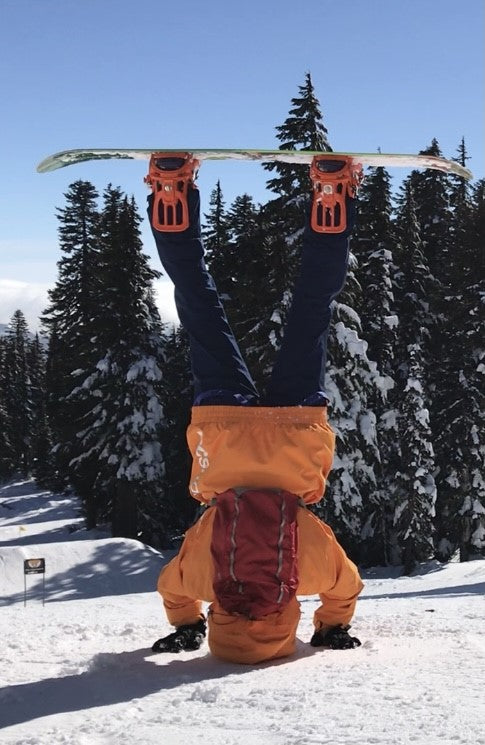
Imagine gliding down the slopes with increased grace, control, and confidence. What if we told you that yoga, a practice known for its physical and mental benefits, could be the secret to unlocking your true snowboarding potential? That’s right, by incorporating yoga into your routine, you can enhance your performance on the mountain, potentially reduce your chances of injury and experience a new level of mastery. Are you ready to discover how yoga for snowboarders (SNOGA) are the perfect match?
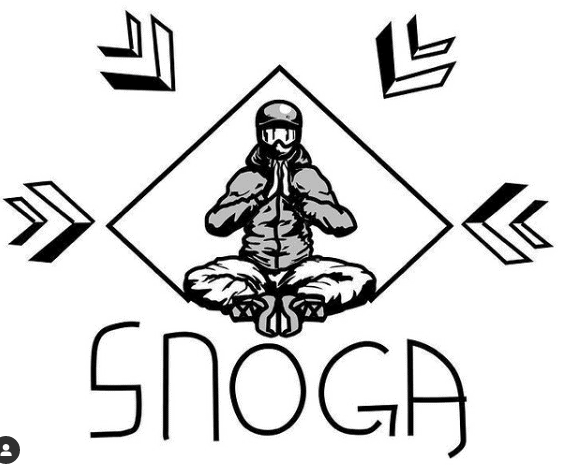
Key Takeaways
Yoga is the perfect match for snowboarding, with its deep stretches and poses targeting key muscle groups to improve flexibility, balance & core strength.
Invest in essential yoga equipment & design an invigorating session tailored to your needs for improved performance on the slopes.
Rejuvenate body & mind after a day of snowboarding with calming post-snowboarding yoga sessions! Unlock your winter riding potential!
The Perfect Match: How Yoga Enhances Snowboarding Performance
Snowboarding is a very dynamic sport, requiring a combination of physical strength, flexibility, and mental focus. Yoga is a powerful tool that can help you excel in all these aspects, enabling you to have more graceful and controlled rides. As someone who’s experienced the transformative power of yoga firsthand, I have witnessed significant improvements in my snowboarding performance. I’ve been able to recover faster, hone my balance and coordination on the board, and become more mindful of my body’s imbalances.
What is the exact mechanism by which yoga enhances snowboarding performance? Yoga’s deep stretches and poses target key muscle groups, improving flexibility, balance, and core strength. These improvements directly translate to smoother and more controlled movements on the board, allowing you to execute tricks and navigate difficult terrain with ease. Moreover, yoga promotes mental focus and calmness, essential for staying present during your rides. We maximize our mobility/ flexibility to be efficient with our muscle contractions and not lose force/ energy through inefficiencies.
We should examine in more detail the specific areas where yoga can boost your snowboarding prowess.
Flexibility for fluid movements
One of the most important aspects of snowboarding is flexibility/ mobility. Flexible muscles allow for fluid and graceful movements on the board, helping you avoid potential injuries. Just take a look at stock photos of snowboarders practicing yoga and see the benefits for yourself. The Ape Squat pose, for example, targets the ankles, knees, hip joints, and thoracic spine, improving your range of motion on the snowboard. As you bend your knees and focus on your balance, you’ll feel the deep stretch in these critical areas, enhancing your flexibility and preventing injuries.
The benefits of increased flexibility extend beyond injury prevention, encompassing:
Improved balance
Enhanced core strength
Fluid movements
Overall fitness
Incorporating yoga poses with knees bent that target the hip flexors, ankles, and knees into your routine will set you on the path to unlock your full snowboarding potential.
Balance and stability on the board

Balance and stability are crucial for snowboarding, allowing you to confidently execute tricks and tackle challenging terrain. Yoga can greatly improve your balance and stability by focusing on strengthening your supporting leg during poses, such as Warrior II and Warrior III. In Warrior II, you’ll strengthen the arches of your feet, open up your hips and chest, and promote deep breathing for a calming effect. With your fingers spread wide, you’ll experience better balance and stability, essential for maintaining your board control.
In Warrior III, you’ll challenge your balance and strength by standing on one leg while keeping both legs straight and hinging at the hip so your body is parallel to the floor. This pose is an excellent way to strengthen your glutes, legs, and core, making it perfect for snowboarders seeking to boost their balance. Regular practice of these poses will help you develop the stability and balance necessary for a successful snowboarding experience.
Building core strength for better control
A strong core is essential for better control and power while snowboarding. Yoga poses like Kumbhakasana (plank pose) and Anjaneyasana (high lunge) can help you build core strength, essential for maintaining your board balance and improving your physical and mental stamina. Plank pose engages your abdominal muscles, while high lunge strengthens the arches of your feet and builds physical strength and mental focus for balancing.
Incorporating these core-strengthening poses into your yoga practice will maximize your control and power on the slopes, enabling you to tackle more challenging runs and execute tricks with greater precision.
Mental focus and calmness during rides
Beyond the physical benefits, yoga helps promote mental focus and calmness during your snowboarding sessions. Practicing pranayama, a deep breathing technique, can help combat stress and anxiety, tricking your body into relaxation. We are all in search of presence in our day to day activities. Snowboarding is no different and yoga is a tool to maximize that presence.
This mental clarity and focus will enable you to stay present and sharp while snowboarding, enhancing your overall performance. Incorporating yoga into your routine will not only improve your physical abilities but also sharpen your mental focus, enhancing your immersion in the exhilarating experience of snowboarding.
Essential Yoga Poses for Snowboarders
Now that we’ve established the connection between yoga and snowboarding, let’s explore some essential yoga poses that can help elevate your performance on the slopes. These poses include:
Downward Facing Dog
Chair Pose
High Lunge
Pigeon Pose
Each pose targets key muscle groups and provides specific benefits to improve your snowboarding abilities.
We should examine each of these poses in detail and understand how they can benefit the physical aspects of your entire body.
Downward Facing Dog (Adho Mukha Svanasana)

Downward Facing Dog is an amazing full-body stretch and strengthening exercise that works your upper body, including arms and shoulders, as well as core, waist, and hamstrings. By incorporating this pose into your yoga practice, you’ll powerfully stretch the hamstrings, calves, and hips, providing a strong foundation for snowboarding. To perform Downward Facing Dog, align your wrists directly under your shoulders and your knees directly under your hips, then lift your knees away from the floor and press your tailbone up towards the ceiling.
Not only will Downward Facing Dog help you improve your flexibility and strength, but it will also serve as a foundation for other poses in your snowboarding-focused yoga practice. Mastering this pose will set you on the path to enhancing your performance on the mountain.
Chair Pose (Utkatasana)

Chair Pose is another essential pose for snowboarders, as it mimics the snowboarding stance and helps to improve balance and leg strength. By reaching for the sky with your arms raised above your head and bending your knees to lower your hips as if you were sitting in a chair, you’ll strengthen your legs and open up your chest. To ensure proper form, keep your knees aligned with your second toe and make sure you can still see your toes, preventing your knees from bending beyond your toes.
Incorporating Chair Pose into your yoga practice will not only help you build strength in your legs but also enhance your balance, allowing you to tackle more challenging runs and execute tricks with greater precision.
High Lunge (Anjaneyasana)

High Lunge is an excellent yoga pose for snowboarders, as it:
Strengthens the core and legs
Increases flexibility in the hips
By stepping one foot forward and lowering your back knee to the floor while lifting your arms up and pressing your hips forward, you’ll develop the strength and flexibility needed for snowboarding. Additionally, High Lunge can provide relief from sciatica, further benefiting your overall well-being.
Incorporating High Lunge into your yoga practice will enable you to tackle the slopes with increased strength and flexibility, leading to a more enjoyable snowboarding experience.
Pigeon Pose (Eka Pada Rajakapotasana)

Pigeon Pose is another essential yoga pose for snowboarders, as it helps to deeply stretch the hips and glutes. This stretch is particularly beneficial for snowboarders, as it can help prevent injuries and improve flexibility in the hips and thighs. To perform Pigeon Pose, start on your hands and knees and bring one leg forward, placing it on the floor in front of you with your knee bent and your shin parallel to the top of your mat.
Regular practice of Pigeon Pose will increase flexibility in your hips, enabling you to tackle more challenging runs and execute tricks with greater ease.
Creating Your At-Home Yoga Practice for Snowboarding
Ready to take your snowboarding performance to new heights? Creating a personalized at-home yoga practice is the key to unlocking your full potential on the slopes.
In the following sections, guidance will be provided on:
Choosing the right equipment
Designing a yoga session tailored to your snowboarding needs
Highlighting the importance of consistency and commitment to your practice.
Choosing the right equipment
Having the right equipment is a crucial starting point for your at-home yoga practice. Here are some essential items:
Yoga mat: Provides a comfortable and supportive surface for your practice
Yoga blocks: Help you deepen your stretches and maintain proper alignment in your poses
Yoga strap: Assists in stretching and achieving challenging poses
Equipped with the right gear, you can develop a yoga practice that enhances your snowboarding performance.
Powder Mat™ | The Original Snowboard Yoga Mat | Season 5 JAPAN
Looking for the finest snowboard yoga mat available to elevate your snowboarding season? Look no further
Designing your yoga session
When designing your yoga session, focus on poses and exercises that target flexibility, balance, and core strength, all essential components for snowboarding performance. Start with a warm-up, incorporating poses like Downward Facing Dog and Chair Pose to stretch and strengthen your major muscle groups.
Then, move on to poses that challenge your balance and stability, such as Warrior II and Warrior III.
Finally, finish your session with poses that promote relaxation and recovery, like Child’s Pose and Legs-Up-The-Wall Pose. Designing a yoga session tailored to your snowboarding needs will set you on the path to enhancing your performance on the slopes.
Consistency and commitment
Consistency and commitment are key to reaping the full benefits of your at-home yoga practice. Make sure to stay dedicated to your practice and practice regularly to see the greatest improvements in your snowboarding performance. By consistently working on your flexibility, balance, and core strength through yoga, you’ll be better prepared to tackle the slopes with confidence and ease.
Remember, the more you commit to your yoga practice, the more significant the benefits you’ll experience on the mountain. So, embrace the journey and enjoy the ride as you unlock your true snowboarding potential through the power of yoga.
Yoga for Recovery: Post-Snowboarding Sessions
Prioritizing recovery and relaxation is crucial after a day on the slopes. Post-snowboarding yoga sessions can help you unwind and rejuvenate your body and mind, ensuring you’re ready for your next adventure.
We should examine some poses that are perfect for post-snowboarding recovery, such as Child’s Pose, Legs-Up-The-Wall Pose, and Corpse Pose.
Child’s Pose (Balasana)
Child’s Pose is a great way to restore your body and nervous system after a day of snowboarding. This gentle pose stretches your shoulders, upper back, and ankles, promoting relaxation and recovery. To perform Child’s Pose, simply kneel on the floor with your knees hip-width apart, sit back on your heels, and reach your arms out in front of you, lowering your forehead to the floor.
Incorporating Child’s Pose into your post-snowboarding yoga practice will provide your body with the rest and relaxation it needs after a day on the mountain.
Legs-Up-The-Wall Pose (Viparita Karani)
Legs-Up-The-Wall Pose is another excellent choice for post-snowboarding recovery. This restorative pose alleviates tired legs and promotes relaxation, perfect for rejuvenating your body after a day on the slopes.
To perform Legs-Up-The-Wall Pose:
Sit on the floor with your right side against a wall, placing your right foot close to the wall.
Swing your legs up the wall.
Lie down on your back, positioning your buttocks close to the wall and keeping your legs straight.
Including Legs-Up-The-Wall Pose in your post-snowboarding yoga practice will aid your body in recovering more quickly and efficiently, ensuring you’re ready for your next snowboarding adventure.
Corpse Pose (Savasana)
Lastly, Corpse Pose allows for deep relaxation and reflection after a day on the slopes. This pose helps to release tension and stress in the muscles, promoting faster muscle recovery and reducing mental fatigue. To perform Corpse Pose:
Lie on your back with your arms and legs extended.
Close your eyes.
Focus on your breath.
Stay in the pose for 5 to 10 minutes.
Incorporating Corpse Pose into your post-snowboarding yoga practice will allow your body and mind to rejuvenate and recharge, preparing you to tackle the mountain with renewed energy and focus.
Summary
Incorporating yoga into your snowboarding routine is the key to unlocking your full potential on the slopes. With its focus on flexibility, balance, core strength, and mental focus, yoga perfectly complements and enhances your snowboarding performance. By creating a personalized at-home yoga practice and prioritizing recovery with post-snowboarding sessions, you’ll be well on your way to mastering the mountain. So, why not embrace the journey and experience the incredible benefits of yoga for snowboarding?
Frequently Asked Questions
Is yoga good for snowboarding?
Yoga can certainly help your snowboarding. It will increase your full-body awareness, giving you more control and helping you to carve pistes and ride powder with ease. Yoga can help you to develop strength, flexibility, and balance, all of which are essential for snowboarding. It can also
Is yoga good for skiing?
Yoga and skiing actually make a great pair! Doing yoga regularly can help reduce the physical demands put on the body by skiing and stretch out the muscles that are weakened or shortened during the sport. Regular yoga practice can help improve balance, coordination, and flexibility, all of which are essential for skiing. It can also help reduce the risk
Does snowboarding tone your body?
Snowboarding is an excellent workout that tones your muscles and strengthens your heart and bones. It works almost every muscle in your body, from your quads and hamstrings to your core, allowing you to get a full-body tone. Not only is snowboarding a great way to stay in shape, but it’s also a lot of fun. You can enjoy the thrill of the slopes while also getting a great
What are some essential yoga poses for snowboarders?
Maximize your snowboarding performance with Downward Facing Dog, Chair Pose, High Lunge, and Pigeon Pose: essential poses to tone key muscle groups.
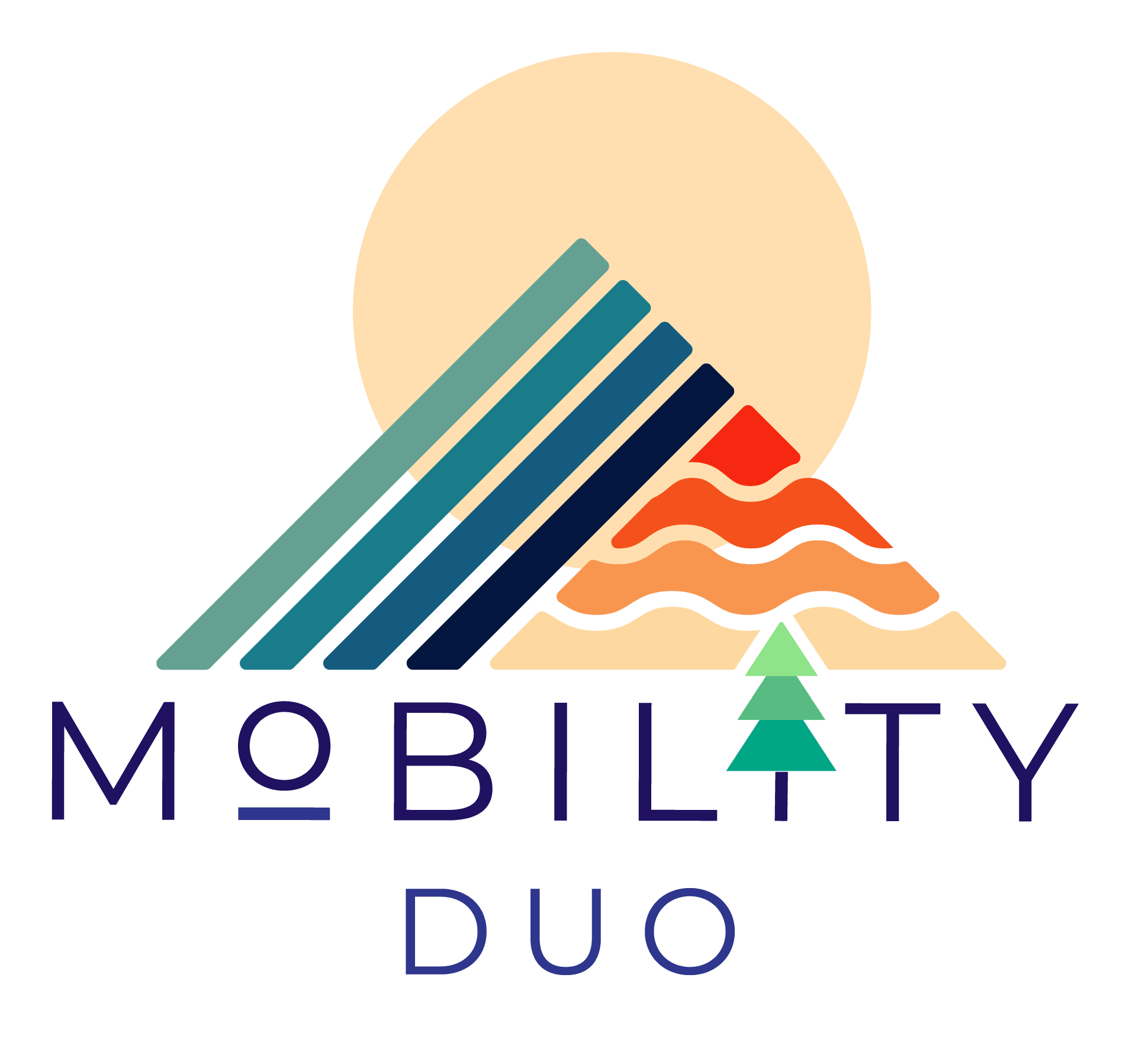
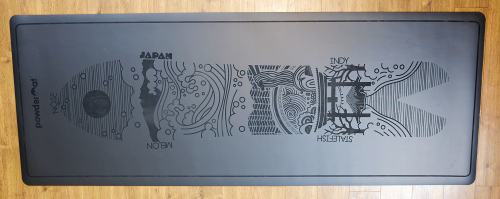
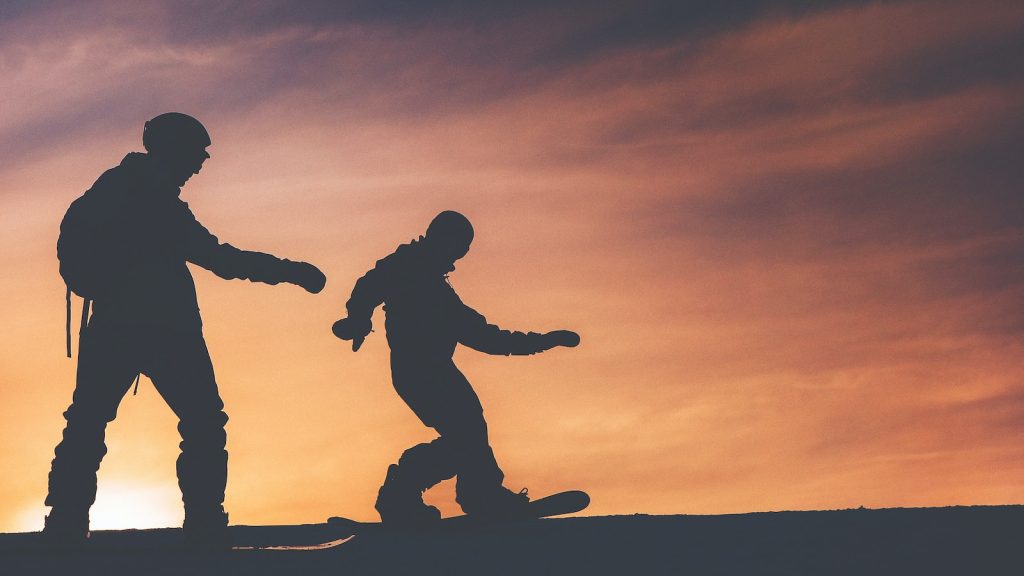
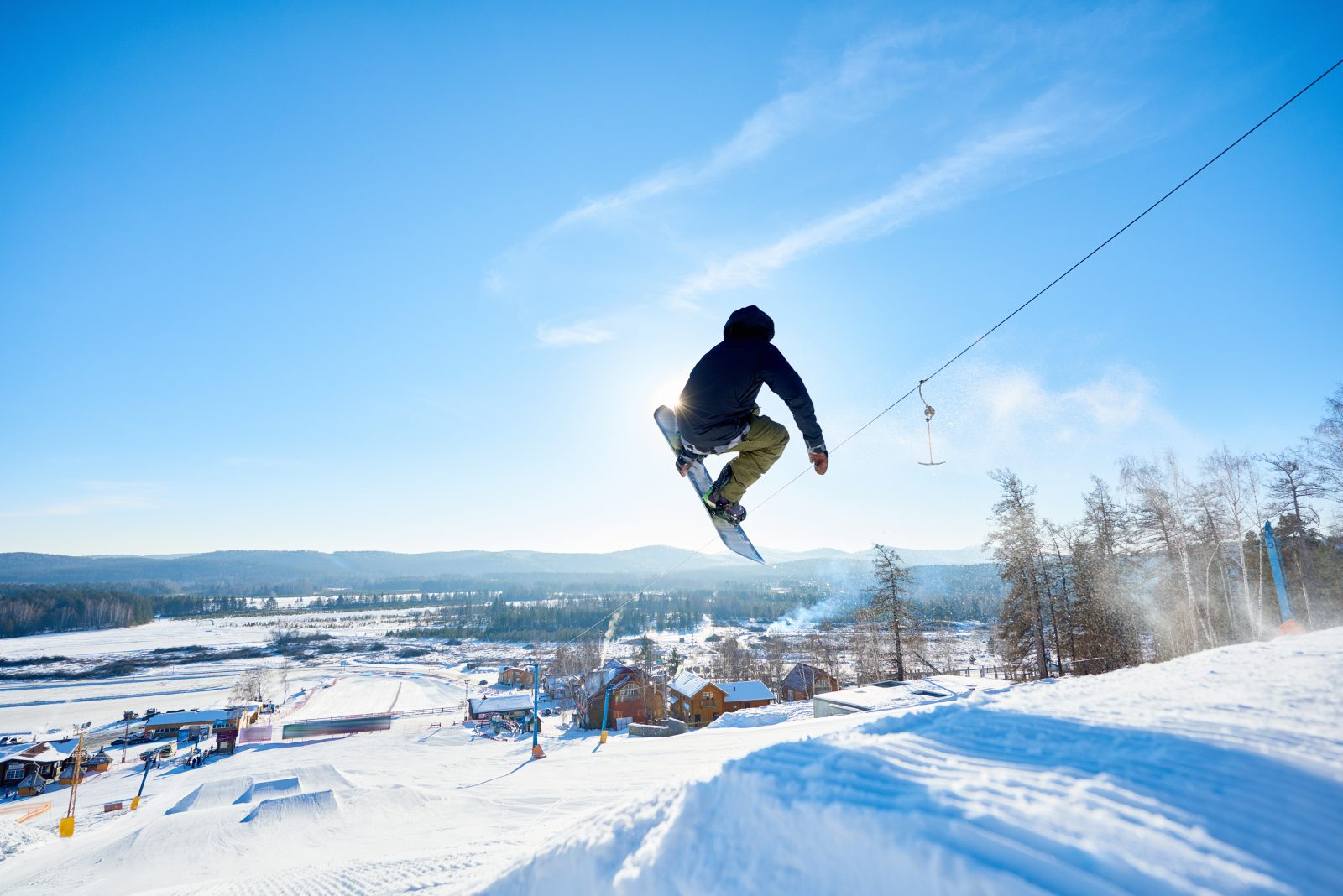
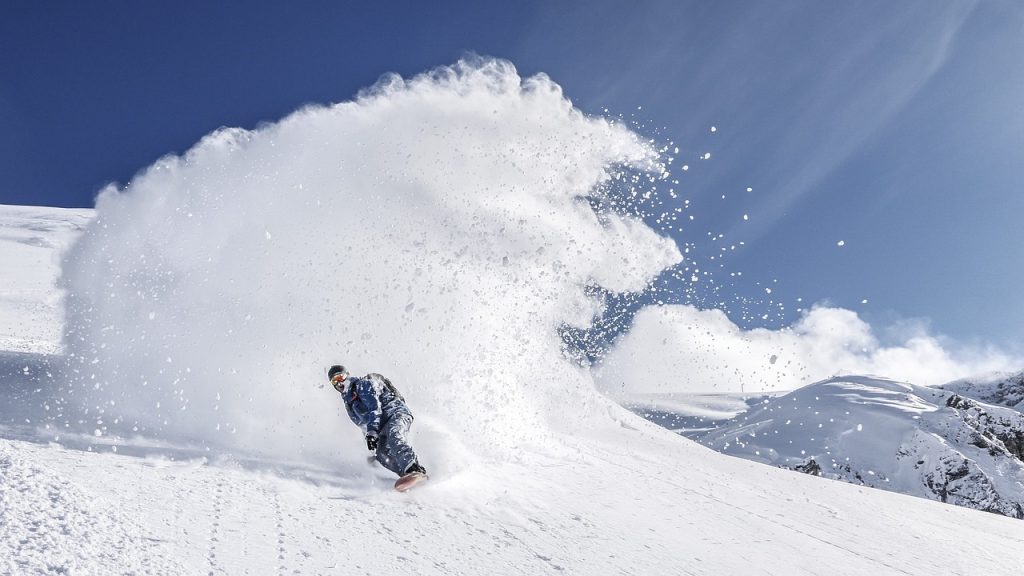

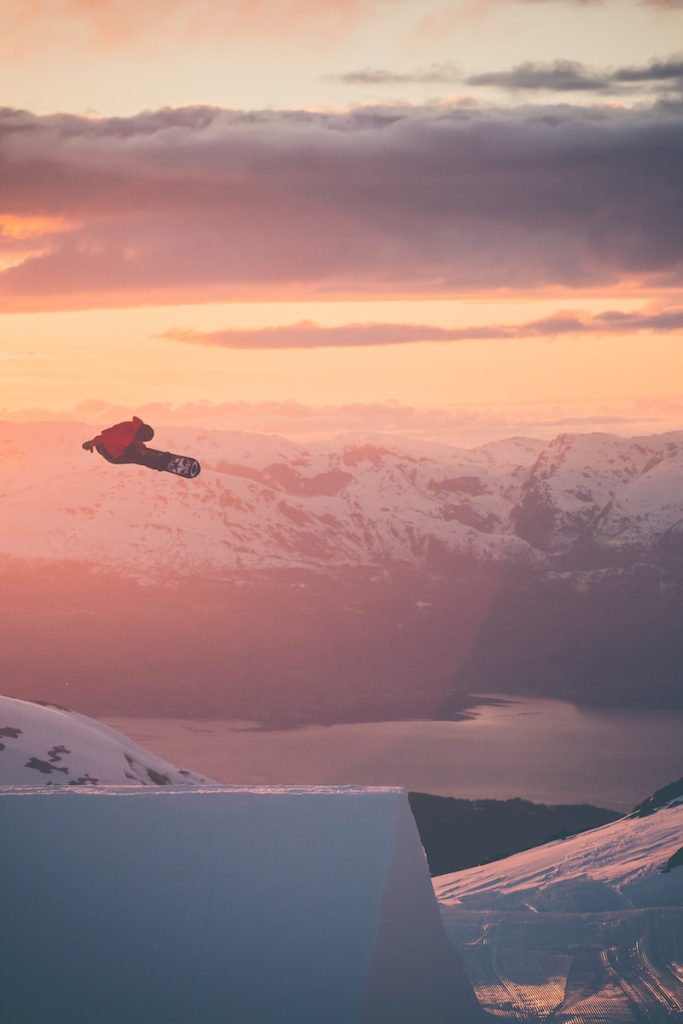
Responses